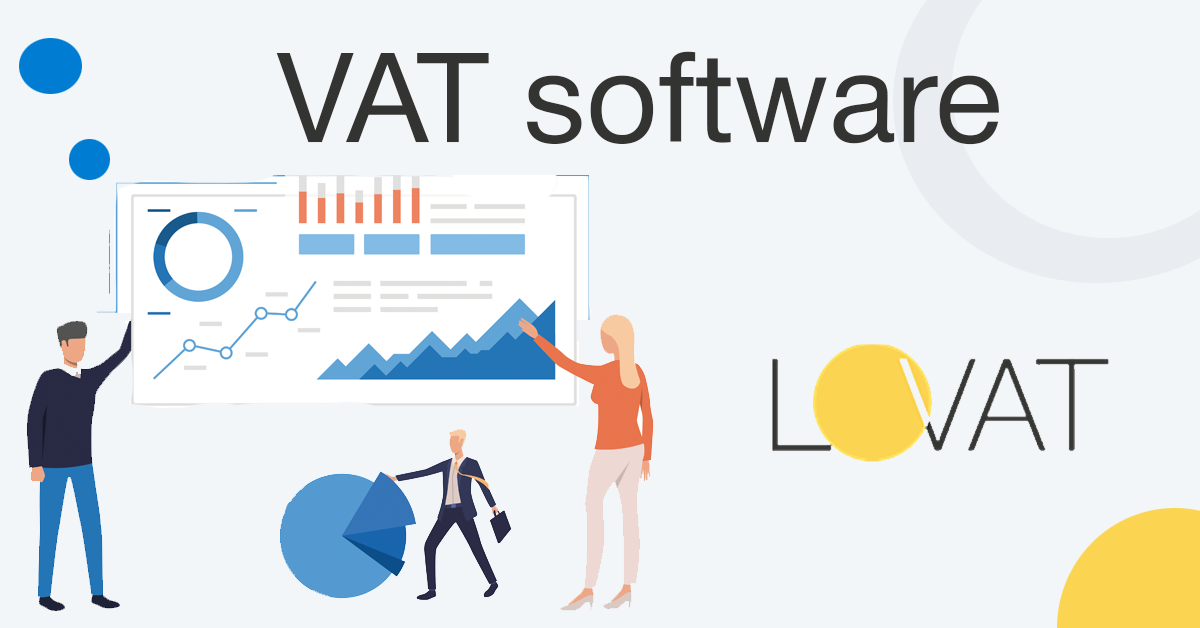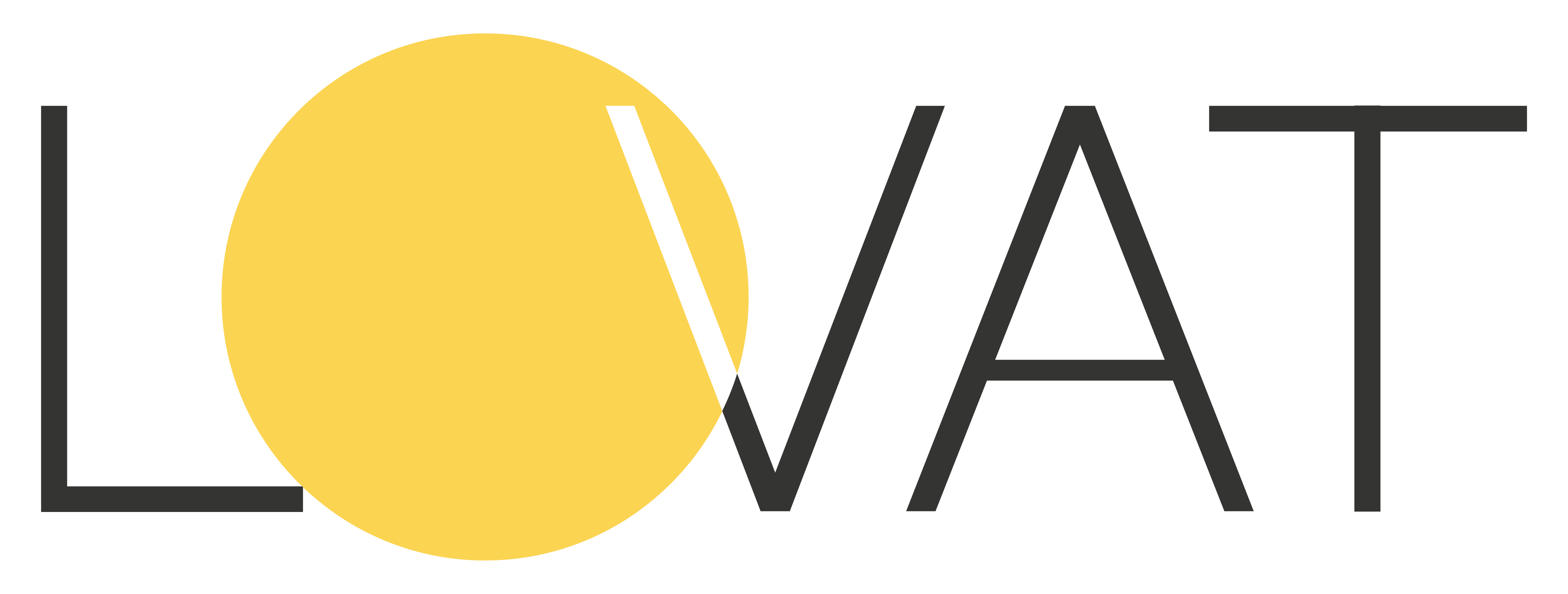LATEST STORIES
MARKETPLACES
US SALES TAX
UK VAT
EU VAT
DIGITAL SERVICES TAX
CANADA GST/VAT
EPR
Uncategorised
1
10 tips for e-commerce – trading between the UK and the EU after Brexit

As the transition period for Brexit ended on 31st December 2020. Here are some tips for you to take into account:
For companies located in the UK
For companies who use warehouses in the EU, for example, Amazon FBA or another warehouse:
- Get an EU EORI number, because your UK EORI will no longer work for EU imports;
- Obtain a VAT number in one of the EU countries where you have a warehouse or dropship supplier. You will need this number to be able to refund VAT paid at customs. To be able to obtain EU VAT registration, in some countries you will need to appoint a VAT representative. This is the case in Italy, for example.
For UK businesses without warehouses in the EU:
- If you plan to send orders from your UK warehouse then you opt for an IOSS number in the EU, to be able to pay deferred VAT once a month in your VAT return. With this scheme, VAT for low-value parcels (with a value of less than 150€) will be due not at Customs, but at the end of the month following import;
- You may choose not to register for IOSS and choose not to pay EU VAT on your sales to EU customers. That means your buyer will need to go through a Customs clearance procedure and pay VAT. This is because from January 2021 low-value goods are VAT taxable when imported by post. The de-minimis is zero for imports. That means that if you send an order which is 2€ your buyer still needs to calculate and pay VAT at arrival;
- B2B sales to the EU business buyers are reverse charged. That means that the EU buyer is responsible for VAT calculation and reporting for goods and services.
For UK businesses selling via online marketplaces to European customers:
There are two options:
- Marketplace may choose to pay import VAT, then they provide you with an IOSS number for your parcel and withhold the VAT amount from revenue;
- Another option when a marketplace doesn’t take care of import VAT than you need to follow rules described above in the section for businesses without warehouses in the EU.
For EU businesses that want to continue selling in the UK
If you use a warehouse in the UK (for example Amazon FBA warehouse):
- Get a GB EORI number, because you cannot use EU EORI for your customs clearance anymore.
If you don’t use a warehouse in the UK and send parcels directly from the EU:
- GET GB EORI;
- Get a UK VAT number to use a simplified scheme. This registration is voluntary, but as the import threshold will be removed- it will become too complicated for buyers to order goods from your shop if you don’t use this scheme;
- Apply for a simplified declaration. Submit Monthly Postponed Import VAT Statement (MPIVS). You can use LOVAT to do it;
- Find a commodity code to classify your goods. To be able to use reports on the LOVAT platform, you need to update all commodity codes for your goods by 1st January 2021.
For those who sell services and were registered for MOSS in the UK
- You need to choose a country to register for MOSS in the EU. We can help you to choose a country.
For those who sell goods B2B
- The reverse charge mechanism will be applied (as it is now) if the buyer has a UK VAT number.
*In this article GB or Great Britain i.e. the United Kingdom except for Northern Ireland
** This article doesn’t cover Goods with specific Customs Requirements, for example, excise goods or gifts
